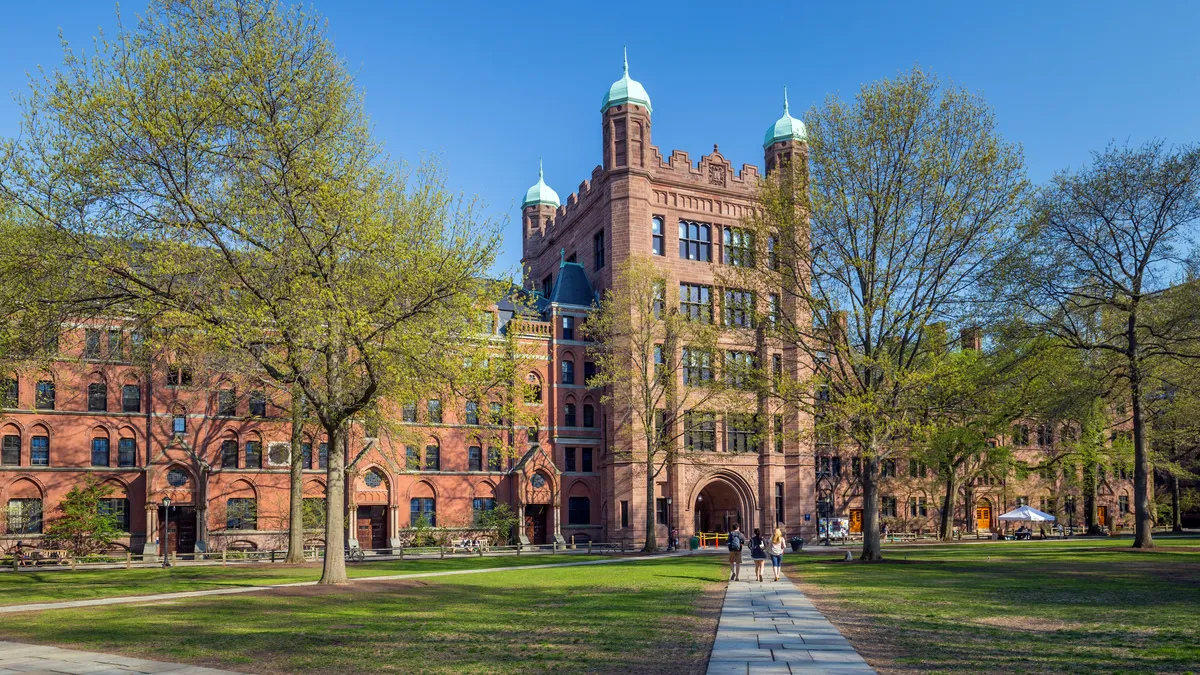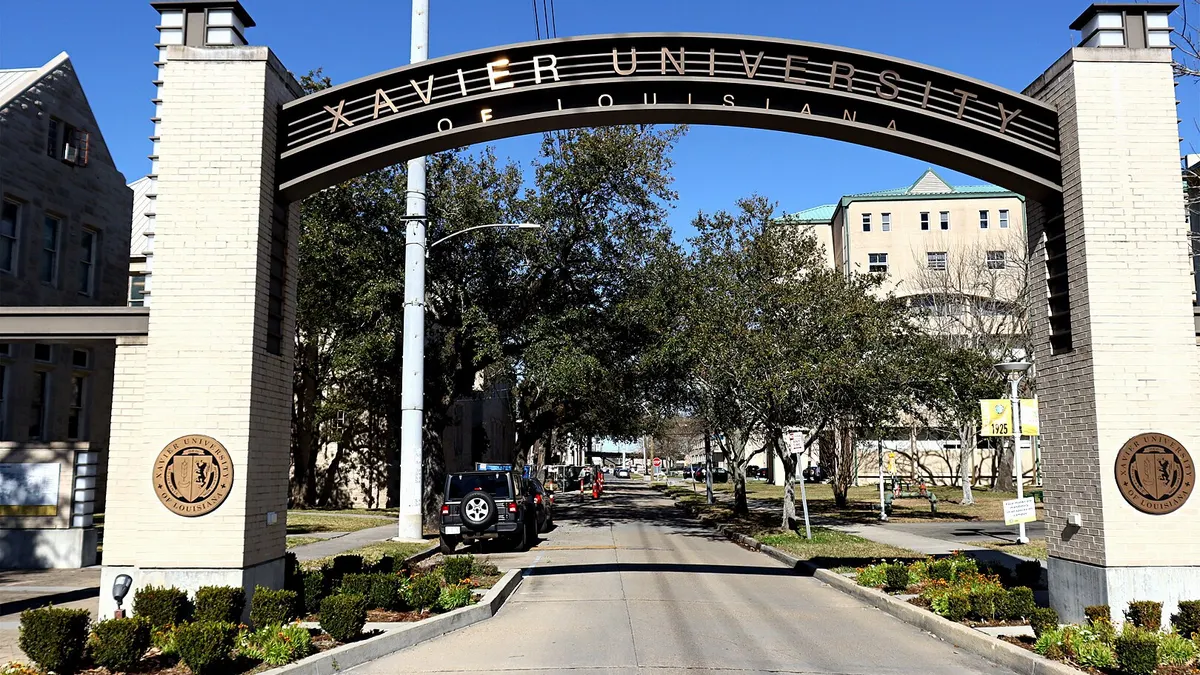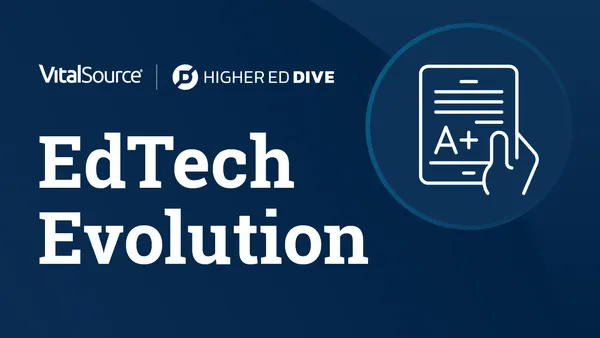Large-scale open education initiatives, like M.I.T.'s OpenCourseWare or Rice University's Connexions, have the potential to change the landscape of higher education by creating a learning community that spreads beyond the walls of the university, providing students and faculty with free, high-quality resources and materials from diverse sources. Yet with all that promise, wide-scale adoption of open education resources remains slow. What's the hold-up?
One problem, cites Rice University professor and Connexions founder Richard Baraniuk, is that the current open education landscape as a whole is quite fragmented. "There are all of these open ed depositories, but you can't easily mix and match across platforms, let alone search across them," he explains. Often, open education proponents focus on the idea of instructors sharing their resources, rather than on the end user who’s attempting to access those resources.
Faculty bandwidth is also an issue. "There are a lot of faculty members out there who really believe in the idea of Open Ed, but they're very busy," says Baraniuk. "They're teaching a lot of classes. They'd like to participate in open access initiatives and save their students money, but they need something more than just a community they can participate in. We realized that if the open ed movement was ever going to go mainstream, it needed to cross this chasm, and it needed to evolve in a way that isn't just focused on sharing. There needs to be a focus on creating quality, turn-key, adoptable solutions."
Rice University’s OpenStax College initiative was created to help streamline access to open...












